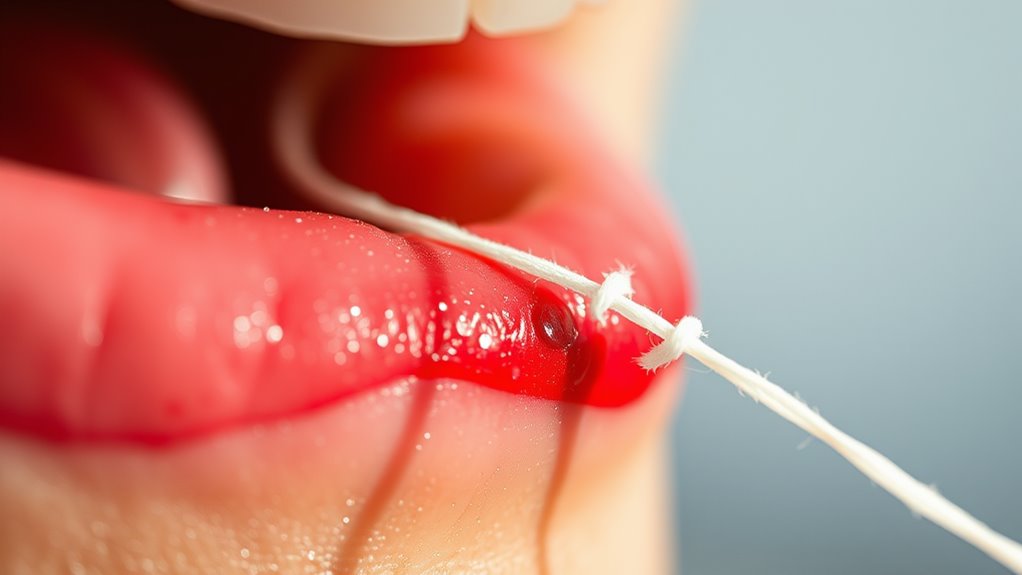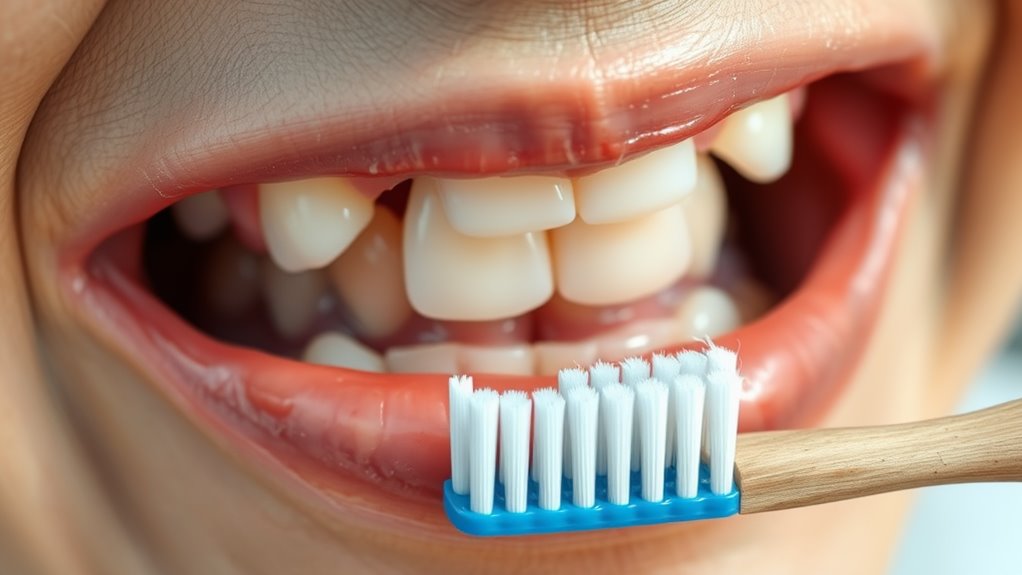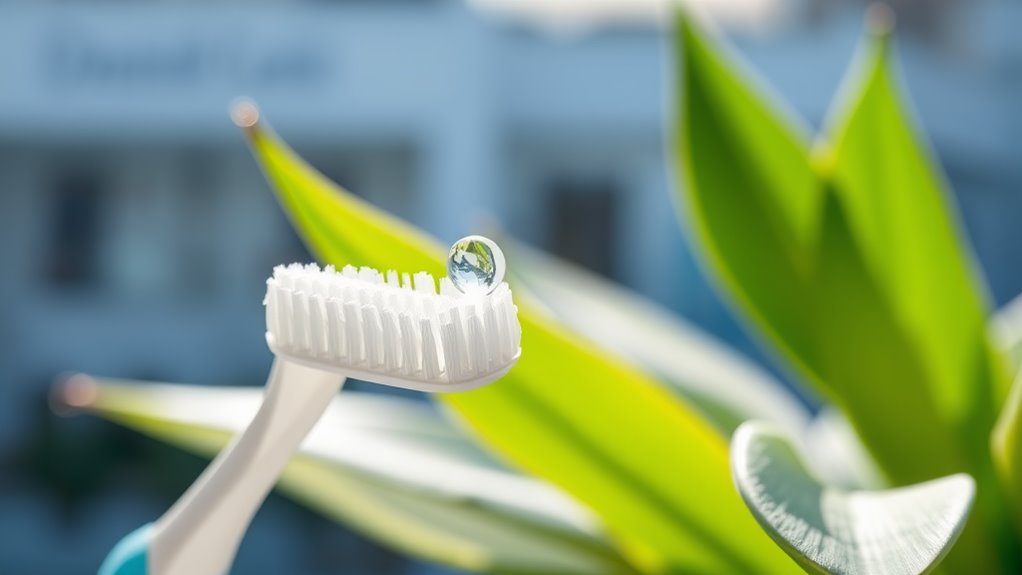Mindfulness Techniques to Ease Dental Fear
You might think that overcoming dental fear is impossible, but mindfulness techniques can truly help. These strategies foster present-moment awareness and equip you with tools to manage anxiety. By incorporating practices like deep breathing and guided imagery, you can transform your dental experience. Discover how these simple methods can empower you to approach appointments with confidence and calm.
Understanding Dental Fear and Its Impact
Dental fear, often characterized by intense anxiety or dread at the thought of dental visits, is a widespread issue that can significantly impact your oral health.
Many people avoid necessary treatments due to this fear, which can lead to more serious dental issues down the line. Understanding the roots of your anxiety is crucial.
Mindfulness for dental anxiety helps you confront and manage your fears effectively. By practicing mindfulness techniques, you can create a calm environment, reduce stress, and promote a more positive association with dental care. Additionally, communicating anxiety openly with your dentist can enhance your experience and provide tailored support.
Taking these steps not only aids in mental well-being but also protects your dental health.
The Role of Mindfulness in Anxiety Management
While facing dental anxiety might feel overwhelming, mindfulness offers a powerful tool for managing those feelings effectively.
By focusing on the present moment, you can observe your thoughts and sensations without judgment. This practice helps in recognizing anxious feelings, allowing you to respond rather than react.
Mindfulness encourages you to acknowledge your fear, decreasing its control over you. Engaging with your breath or surrounding environment shifts your attention away from anxiety-inducing thoughts.
Ultimately, adopting mindfulness techniques empowers you to cultivate resilience, creating a more positive dental experience while fostering a sense of calm and clarity in the face of fear.
Breathing Exercises for Calmness
When you’re feeling anxious about an upcoming dental visit, practicing breathing exercises can be a simple yet effective way to cultivate calmness.
Here are three techniques to try:
-
Deep Belly Breathing: Inhale deeply through your nose, allowing your belly to expand. Exhale slowly through your mouth, focusing on releasing tension.
-
4-7-8 Method: Inhale for four counts, hold for seven, and exhale for eight. Repeat this cycle several times to slow your heart rate.
-
Box Breathing: Inhale for four counts, hold for four, exhale for four, and pause for another four before repeating.
These exercises can help ground you before your appointment. Additionally, consider discussing pain-free dentistry techniques with your dentist to enhance your comfort during treatments.
Guided Imagery for a Positive Mindset
By envisioning a serene and comforting scenario, you can help ease dental anxiety through guided imagery.
Picture yourself in a peaceful place, whether it’s a sunlit beach or a tranquil forest. Engage your senses; feel the warmth of the sun, smell the fresh air, and hear gentle waves or rustling leaves.
This mental escape can create a soothing environment, redirecting your focus from anxiety to calm. Incorporating deep breathing techniques alongside this visualization can further enhance your sense of relaxation.
Practice this visualization before your dental appointment or during the procedure itself.
With consistent use, guided imagery can empower you to foster a positive mindset, making dental visits more manageable and less intimidating.
Grounding Techniques to Stay Present
When you’re feeling anxious during dental appointments, grounding techniques can help you stay present and calm.
Breathing exercises, sensory awareness practices, and visualization techniques are all effective ways to anchor your mind and reduce fear. Regular practice of these breathing exercises not only soothes during appointments but can also lower overall anxiety levels over time. Let’s explore how these strategies can make your dental experience more manageable.
Breathing Exercises
Breathing exercises serve as powerful grounding techniques, helping you stay present and calm during dental visits.
By focusing on your breath, you can reduce anxiety and enhance your overall experience. Here are three effective techniques to try:
-
Deep Belly Breathing: Inhale deeply through your nose, letting your abdomen expand, then exhale slowly through your mouth. Repeat for several cycles.
-
4-7-8 Method: Inhale for 4 seconds, hold for 7 seconds, and exhale for 8 seconds. This can slow your heart rate.
-
Counting Breaths: Count each inhale and exhale up to ten, then start over to maintain focus.
Practice these before and during your appointment to help ease your fear.
Sensory Awareness Practices
In addition to breathing exercises, sensory awareness practices can further help you stay present and manage anxiety during dental appointments.
Focus on your five senses: notice the texture of the dental bib, the sound of the tools, and the taste of any specific mouthwash. Feel your feet on the floor to ground yourself in the moment.
You can also close your eyes and imagine comforting scents or sounds. By actively engaging your senses, you’ll shift your focus away from fear and bring your attention to the here and now, making the dental experience more manageable and less overwhelming.
Visualization Techniques
How can visualization techniques help you manage dental fear? By guiding your mind to tranquil and safe places, these techniques anchor you when anxiety strikes.
Here are three visualization techniques you can try:
-
Safe Space: Picture a calming environment, like a beach or forest, where you feel completely relaxed.
-
Positive Outcome: Visualize the dental procedure going smoothly, focusing on the relief and comfort afterward.
-
Breathing Light: Imagine breathing in a warm, healing light that fills your body, pushing out any tension.
Utilizing these techniques can empower you, making dental visits feel more manageable and less daunting.
Developing a Personal Mindfulness Routine
Creating a personal mindfulness routine can significantly reduce dental fear and enhance your overall well-being. Start by dedicating a few minutes each day to practice techniques that resonate with you. Consider incorporating breathing exercises, guided meditations, or simple stretches. Here’s a helpful table to get you started:
| Technique | Duration | Benefits |
|---|---|---|
| Deep Breathing | 5 minutes | Reduces anxiety |
| Guided Meditation | 10 minutes | Promotes relaxation |
| Body Scan | 10 minutes | Increases body awareness |
| Mindful Walking | 15 minutes | Boosts mood |
| Progressive Relaxation | 10 minutes | Releases tension |
Try experimenting with these options to develop a routine that supports you.




